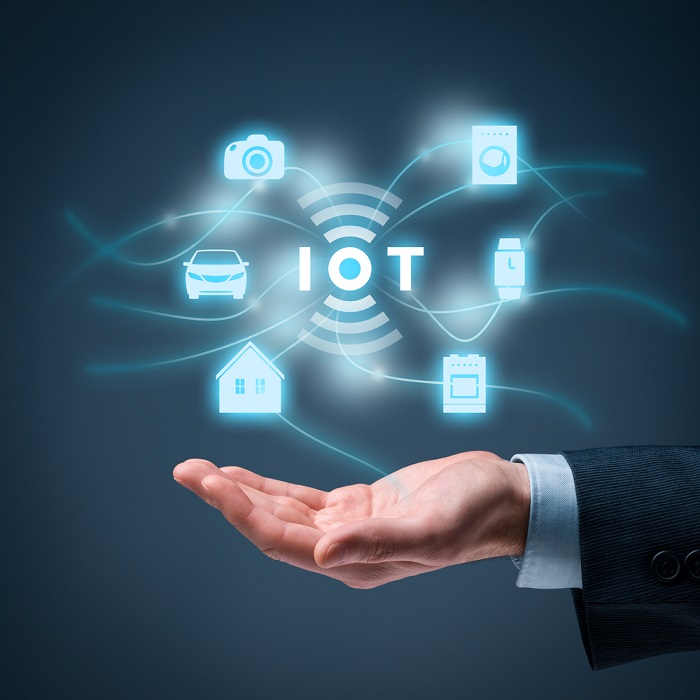By Gina Roos, editor-in-chief
Sensors are one of the most important components used in internet of things (IoT) applications, collecting critical data in a range of end products from drones and automobiles to wearables and AR/VR headsets. According to a survey of 1,042 engineers of IoT solutions in 51 countries, conducted by Newark element14 , environmental sensors are the most commonly used in IoT applications.
Environmental sensors, including those that measure temperature, humidity, and pressure, are most often used in IoT designs, according to 38% of survey respondents. This is followed by motion sensors (25%), opto/image sensors (19%), health-monitoring sensors (8%), and audio sensors (4%).
The survey also reveals a growing role of hardware early in the design process so that engineers can test their designs and quickly develop a proof of concept. The survey finds that 50% of developers use single-board computers such as Raspberry Pi and BeagleBone Black because they are ready-to-use embedded development platforms, said Newark element14. Yet 27% of developers prefer to use personal designs, while 19% use development platforms provided by silicon vendors. (See related article: Comparing prototype platforms: Arduino, Raspberry Pi, BeagleBone, and LaunchPad )

Most developers (58%) prefer to design a complete solution for edge-to-cloud security themselves instead of relying on third-party solution providers, which could add some additional costs. However, some survey respondents said that they use third-party providers for edge-to-cloud communications (21%), designing edge devices (18%), and for data center/analytics (18%).
The most preferred connectivity protocol between edge devices and the cloud is Wi-Fi (66%), according to survey respondents. Newark element14 attributes this to Wi-Fi’s long-range connectivity, higher throughput, and the latest low-power microprocessors with integrated Wi-Fi on the chip. The second most popular communications protocol is cellular — 4G/LTE (31%), followed by Bluetooth Low Energy (27%), LoRa (11%) and sub-1 GHz (7%).
Security, security, security
When asked what is the most important aspect to consider when developing IoT solutions, the answer was security. Fifty-two percent of respondents are most concerned about data security, data privacy, and data protection, while 24% are worried about the communications reliability. Big concerns drop off to edge-device reliability (9%), ease of data review/analysis (8%), and ecosystem (7%).
The survey also finds that security is the biggest concern. Forty percent of respondents said that security is their biggest concern for IoT design due to the data collected from both machines and humans. Other big worries are connectivity (26%) and interoperability (25%).
Engineers also believe that the biggest opportunities for IoT over the next five years are in the automation space — home automation (27%) and industrial automation & control (20%). Artificial intelligence and smart city segments are tied at 12%, followed by energy management (11%), transportation (8%), and wearables (7%).
The one big factor that will accelerate the benefits of IoT is interoperability (certified standards), according to 36% of respondents. Other top drivers include ease of development (28%), connectivity standards (28%), need for open standards (27%), need for data privacy policy (23%), adoption by public sector (16%), and energy consumption (12%). Click here for the complete survey results.
Advertisement
Learn more about Electronic Products Magazine





